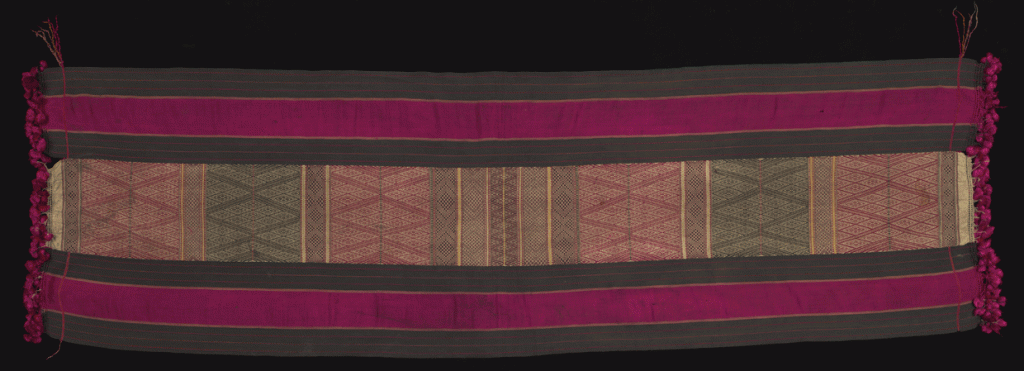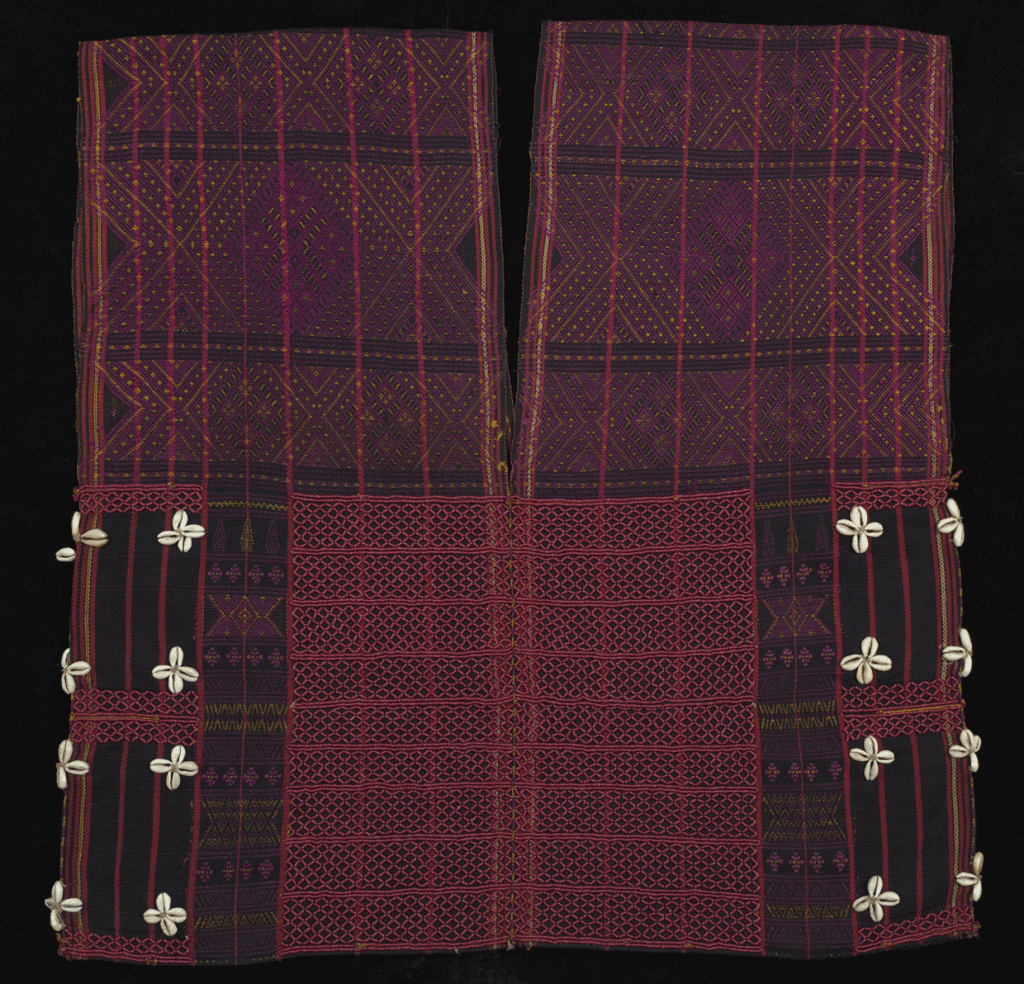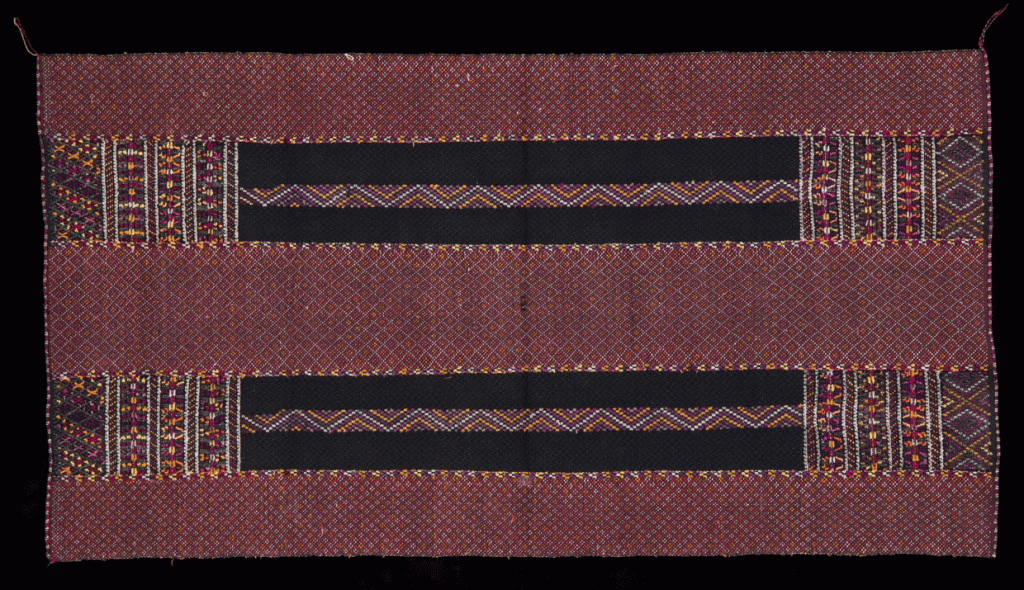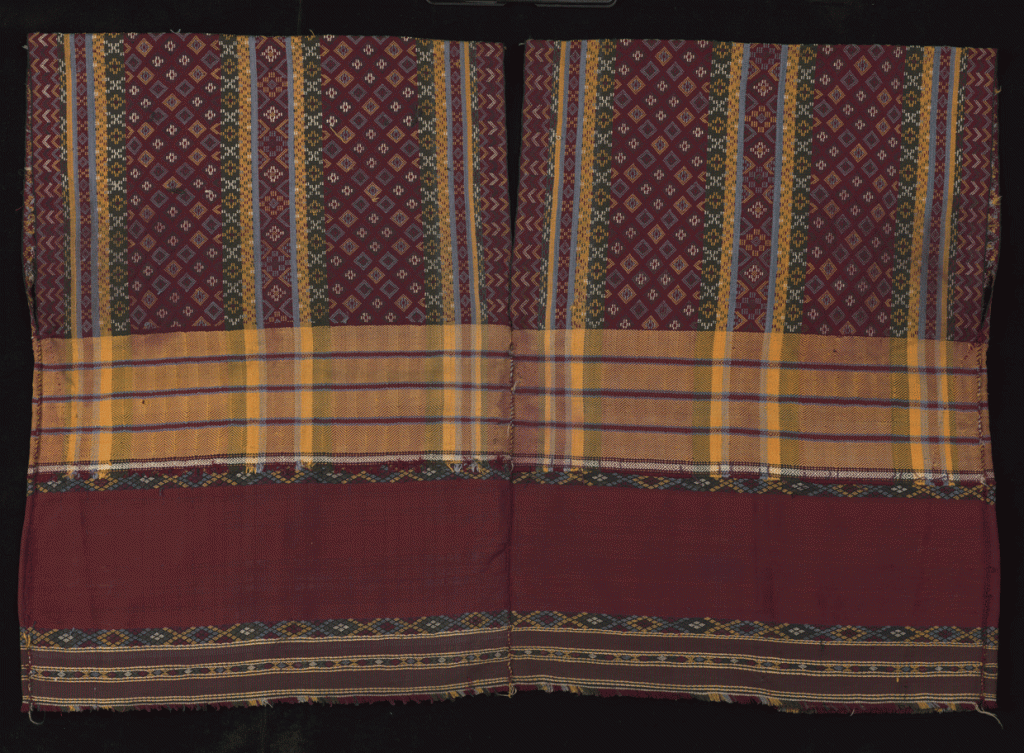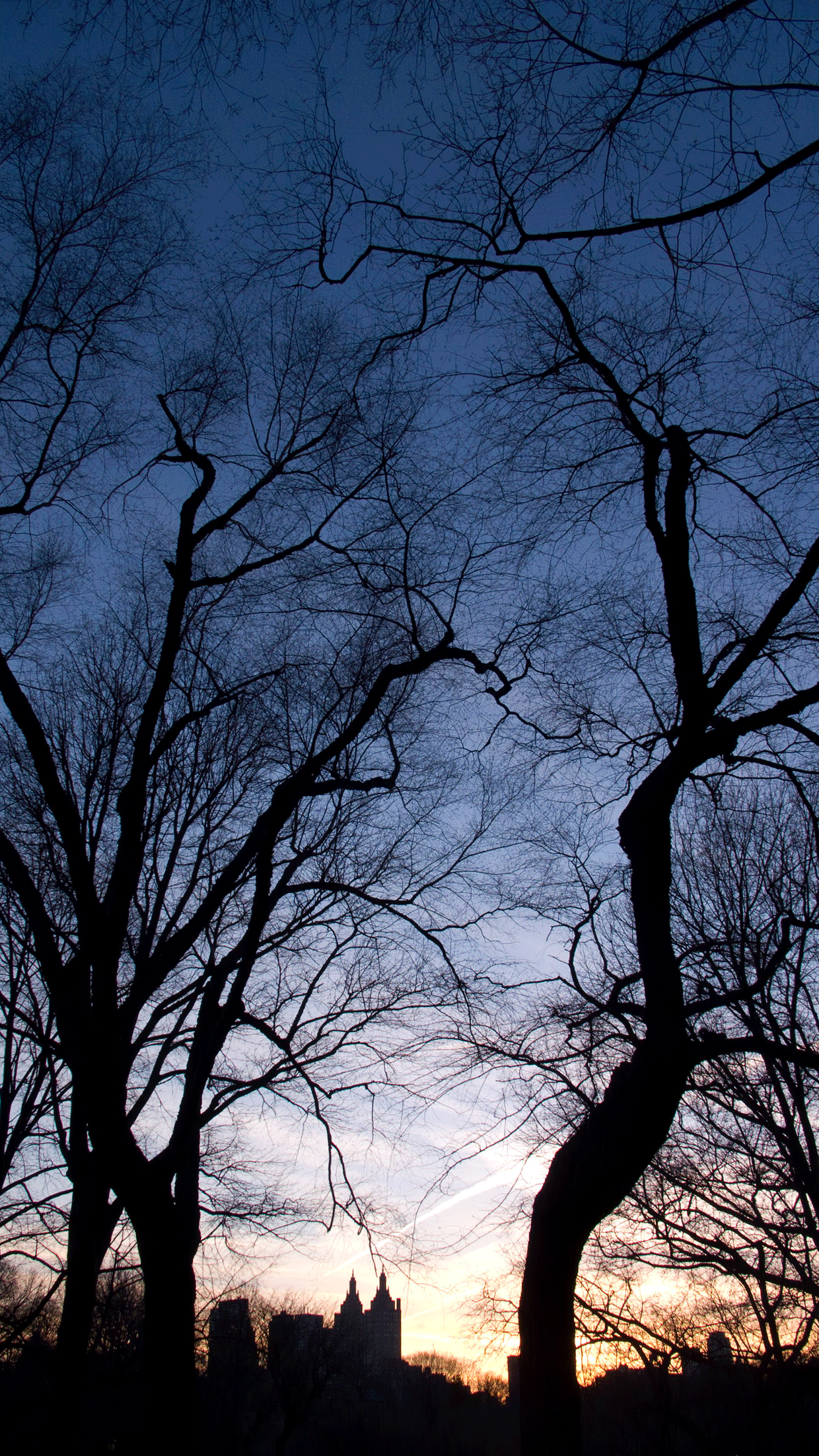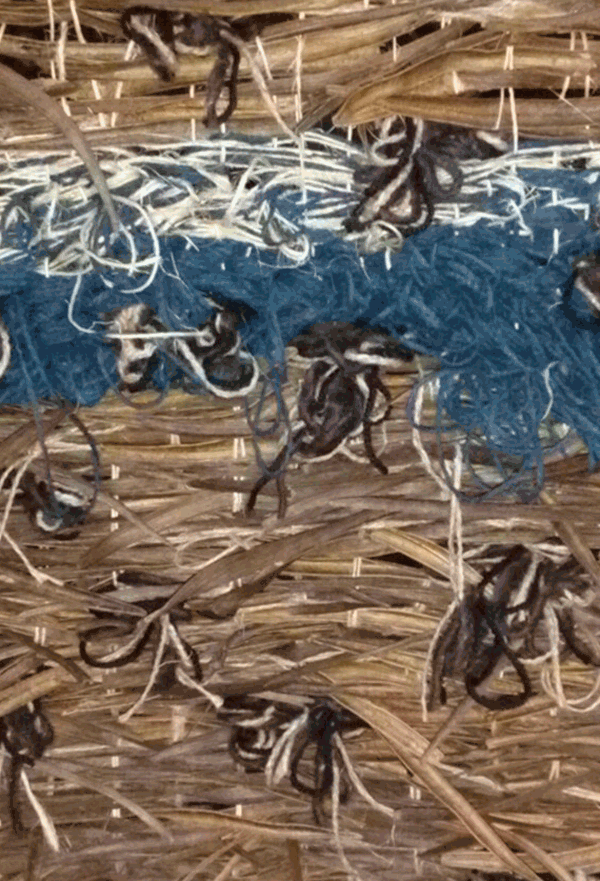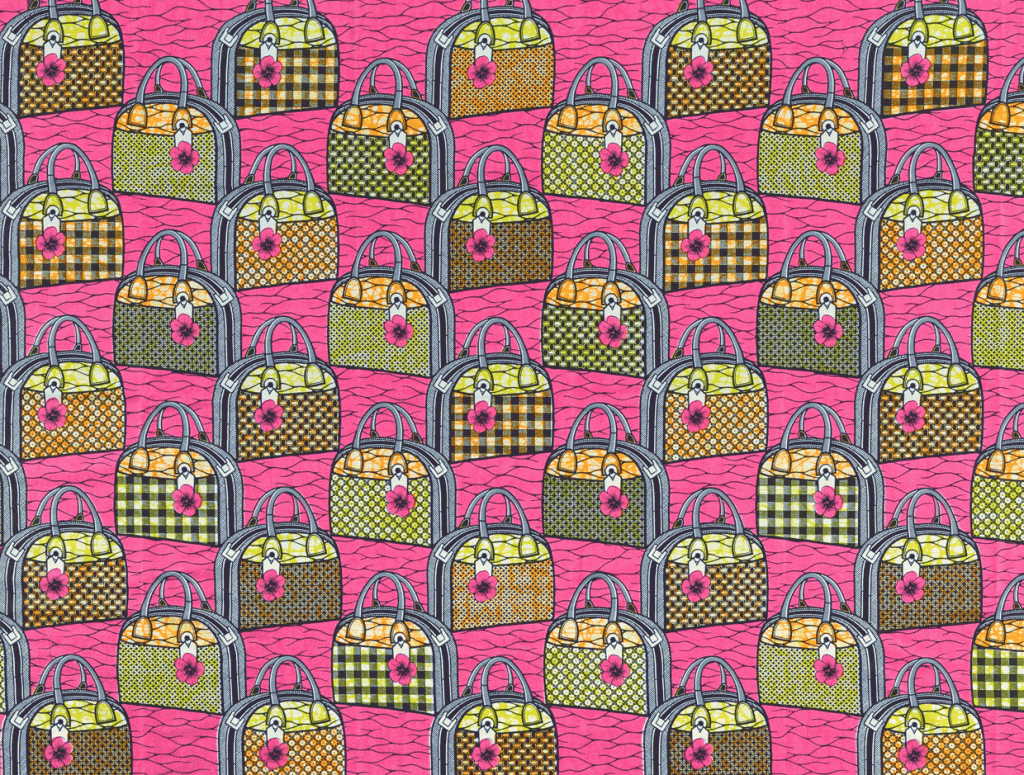 Printed Textile, 2005. Made by Vlisco, Helmond, Netherlands, founded 1846. Cotton plain weave, wax‑resist print, 12 feet × 47 1/2 inches (365.8 × 120.7 cm). Private Collection, ©Vlisco
Printed Textile, 2005. Made by Vlisco, Helmond, Netherlands, founded 1846. Cotton plain weave, wax‑resist print, 12 feet × 47 1/2 inches (365.8 × 120.7 cm). Private Collection, ©Vlisco
Creative Africa, Vlisco: African Fashion on a Global Stage, Philadelphia Museum of Art
Through January 22, 2017
Ruth and Raymond G. Perelman Building
The Philadelphia Museum of Art celebrates West and Central African fashion and culture in an exhibition exploring the classic and contemporary looks of Vlisco, the oldest international textile brand that specializes in Dutch wax fabrics. From the earliest designs and most recognizable patterns, continuing through a selection of iconic styles that have been re-interpreted in a contemporary way, the exhibition will highlight a selection of the thousands of patterns Vlisco has produced for the African and diaspora markets.
 Printed Textile, 2005. Made by Vlisco, Helmond, Netherlands, founded 1846. Cotton plain weave, wax‑resist print, 12 feet × 47 1/2 inches (365.8 × 120.7 cm). Private Collection, ©Vlisco
Printed Textile, 2005. Made by Vlisco, Helmond, Netherlands, founded 1846. Cotton plain weave, wax‑resist print, 12 feet × 47 1/2 inches (365.8 × 120.7 cm). Private Collection, ©Vlisco
Dilys Blum, The Museum’s Jack M. and Annette Y. Friedland Senior Curator of Costume and Textiles and organizer of this exhibition, said: “The wax-printed fabrics long associated with Central and West Africa have a surprising history that is truly global. Many of the patterns shown in this display tell stories and convey images that reflect Africa’s past and reimagine its future. For this special presentation in Philadelphia, we are celebrating the transnational character of Vlisco by showing the company’s classic designs, these classics re-imagined, and new contemporary patterns, sharing how fashion designers in West Africa and other parts of the world use Vlisco wax fabrics today.”
When cloth leaves the factory it is generally identified only by a stock number. The women who trade in the open-air markets in African cities, and their customers, assign the patterns names inspired by current events, politics, religion, and material culture. The exhibition explores the ways in which such patterns acquire social meaning, status, and value and become culturally assimilated into African society, and examine how designs can have many interpretations depending on where they are used.
 Printed Textile, Late 20th century. Made by Vlisco, Helmond, Netherlands, founded 1846. Cotton plain weave, wax‑resist print, 36 × 47 1/2 inches (91.4 × 120.7 cm). Private Collection, © Vlisco
Printed Textile, Late 20th century. Made by Vlisco, Helmond, Netherlands, founded 1846. Cotton plain weave, wax‑resist print, 36 × 47 1/2 inches (91.4 × 120.7 cm). Private Collection, © Vlisco
Among the classic patterns represented are the “Happy Family” egg motif, featuring an image of a hen surrounded by her chicks and chicks-to-be referencing the importance of family, and the “Fallen Tree” pattern that acts as a visual substitute for a proverb that teaches unity and strength in Ghana. The “Alphabet” design symbolizes the value that Africans place on education, and “Swallows”, a symbol of good luck, refers to the transience of riches. The classic “Swallows” pattern was worn by flight attendants for Air Afrique in the 1970s. The display will show how this particular pattern has been reinterpreted to include airplane imagery, a symbol of globalization.
 “La Famille” Printed Textile, 1952. Made by Vlisco, Helmond, Netherlands, founded 1846. Cotton plain weave, wax‑resist print, 18 feet × 47 1/4 inches (548.6 × 120 cm). Private Collection, © Vlisco
“La Famille” Printed Textile, 1952. Made by Vlisco, Helmond, Netherlands, founded 1846. Cotton plain weave, wax‑resist print, 18 feet × 47 1/4 inches (548.6 × 120 cm). Private Collection, © Vlisco
 “Angelina” Printed Textile, 1962. Made by Vlisco, Helmond, Netherlands, founded 1846. Cotton plain weave, wax‑resist print, 70 × 48 1/4 inches (177.8 × 122.6 cm). Private Collection, © Vlisco
“Angelina” Printed Textile, 1962. Made by Vlisco, Helmond, Netherlands, founded 1846. Cotton plain weave, wax‑resist print, 70 × 48 1/4 inches (177.8 × 122.6 cm). Private Collection, © Vlisco
The “Eye” pattern, one of the most enduring European designs for the African market, appears in the exhibition in multiple variations and colors. The original design of 1904 by the Haarlem Cotton Company was inspired by the Egyptian god Horus, a symbol of protection, royal power, and good health. Some of the eye patterns were intended to silently communicate and identify with a woman’s family and marital relationships. In Nigeria, the original Haarlem pattern is known as “Eyes”. In Côte d’Ivoire, it is called “Bull’s Eye” and is worn by a woman to show a man that she desires him. Also in Côte d’Ivoire, the classic “Jumping Horse” pattern expresses rivalry between co-wives. In Nigeria, Igbo women favor this design for family to express unity at their annual women’s meeting.
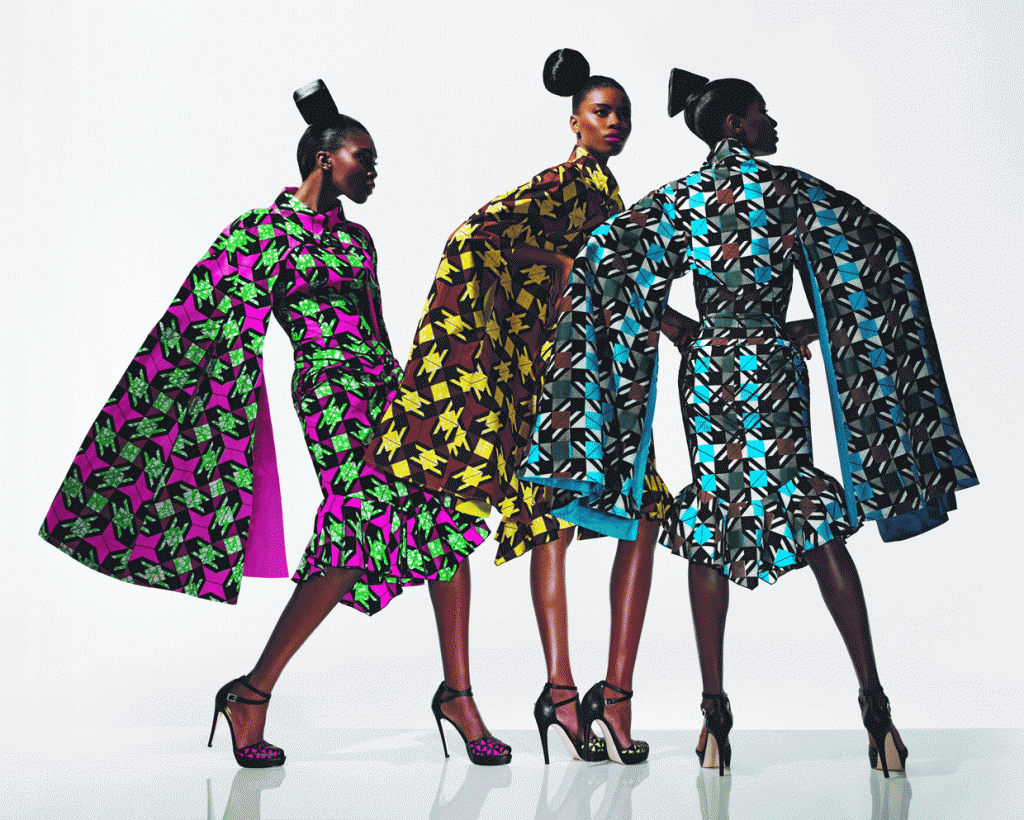 Dazzling Graphics Collection, 2011, Made by Vlisco, Helmond, Netherlands, Photograph courtesy of Vlisco
Dazzling Graphics Collection, 2011, Made by Vlisco, Helmond, Netherlands, Photograph courtesy of Vlisco
The exhibition will touch upon the rise of the most successful market women in Togo, called the Nana Benz, who traded in wax prints beginning in the 1930s. The Nana Benz were essential to the success or failure of the designs. Wholesalers to other market traders, the women provided Vlisco agents with information on customer preferences. In return, the women were often given exclusive access to certain designs. A playful design featuring the Mercedes-Benz three-pointed star logo pays homage to these traders, as this was their car of choice and became a symbol of their success. In another design, the Vlisco logo on the radiator grill replaces the car’s original trademark.
Displayed on mannequins in the center of the gallery is an installation of contemporary designs using the wax fabrics as created by African, diaspora and other international designers.
One of Nigeria’s foremost fashion designers, Lanre da Silva Ajayi, who is known for her ultra-feminine looks and elegant use of prints, has collaborated with Vlisco on numerous projects including a gala dress on view in the exhibition. The designer’s ensemble is made in a limited-edition shimmering gold print embellished with the designer’s signature beads and sequins.
Owner and creative director Araba Stephens Akompi of the Ghanaian fashion house Stylista has reconfigured patterns showing a Spanish fan to create a flamenco-style dress with a distinctively African twist. Stylista sees this gala dress as an evolution of the traditional Ghanaian blouse with a matching skirt.
The exhibition features ensembles by Vlisco’s senior fashion designer from 2008 to 2016, Inge van Lierop, who was responsible for translating each seasonal concept into stylish ensembles used for marketing. A strapless, two-piece wedding dress made from two color ways of the same design is embellished with beads, as is the veil, which was embroidered in India. Deconstructed and made into a late 1960s-style mini dress that pays homage to the decade when the design first achieved popularity, the classic “Angelina” pattern associated with the dashiki —a loose tunic worn by men and women— is updated and re-colored in luminous pastels for a more contemporary look.
The fashions of Manish Arora, one of today’s most inspiring designers, fuse his Indian roots, global style, and contemporary popular culture. This year, Arora has collaborated with Vlisco for his ready-to-wear collection shown recently in Paris and inspired by the American West. For his ensemble on display, he has re-interpreted wax prints into knit fabrics.
Ikiré Jones of Philadelphia, led by Nigerian-American menswear designer, Walé Oyéjidé, shows how the designs can be creatively cut and mixed together for unique looks. His hand-tailored trousers, and a jacket made of Vlisco fabric, are accessorized with a storytelling scarf.
Vlisco: African Fashion on a Global Stage is one of five exhibitions in the Perelman Building this season, accompanied by related programs that feature a broad spectrum of the arts from across the African continent. They feature historical works of art as well as contemporary fashion, photography, design, and architecture. Each calls attention to the continuities and differences between African art forms over the centuries.
The related exhibitions are:
Look Again: Contemporary Perspectives on African Art, a major exhibition drawn from the collection of the Penn Museum (May 14 through December 4, 2016).
Threads of Tradition, focusing on the traditional patterns in West and Central African textiles and the techniques used to create them, including strip weaving, resist dyeing, piecing, appliqué, and embroidery (Through January 2017).
The Architecture of Francis Kéré: Building for Community, featuring a site-specific, immersive environment designed by this world-renowned Burkina-Faso-born architect (May 14–September 25, 2016).
Three Photographers/Six Cities presents an in-depth look at three photographers who create powerful pictures of African cities: Cairo, Egypt; Nairobi, Kenya; Lagos, Nigeria; Johannesburg, South Africa; Bamako, and Tombouctou (Timbuktu), Mali. From Akinbode Akinbiyi’s observation of urban centers and Seydou Camara’s examination of Islamic manuscripts to Ananias Léki Dago’s pictures of offbeat locales, the images offer unique perspectives on contemporary African experience (Through September 25, 2016).
Curator: Dilys Blum, The Jack M. and Annette Y. Friedland Senior Curator of Costume and Textiles
Location: Joan Spain Gallery
About Vlisco
Vlisco, founded in 1846, began exporting factory printed cloth to West Africa around 1876. Over the years Vlisco absorbed several Dutch textile manufacturers that also produced wax prints for the market prior to World War I. Today it is the last surviving European wax-resist textile manufacturer. The Vlisco brand is manufactured in Helmond, Netherlands and is the premier brand of the Vlisco group which includes three other brands, GTP and Woodin made in Ghana and Uniwax produced in Cote d’Ivoire. Each brand caters to a distinct segment of the market.
Social Media: #CreativeAfrica
Follow us and join the conversation: Twitter/Facebook/Instagram/Tumblr/YouTube @philamuseum
The Philadelphia Museum of Art is Philadelphia’s art museum. We are a landmark building. A world-renowned collection. A place that welcomes everyone. We bring the arts to life, inspiring visitors—through scholarly study and creative play—to discover the spirit of imagination that lies in everyone. We connect people with the arts in rich and varied ways, making the experience of the Museum surprising, lively, and always memorable. We are committed to inviting visitors to see the world—and themselves—anew through the beauty and expressive power of the arts.
Thank you to The Philadelphia Museum of Art for the content of this post.
SEO and Photoshop by DoN.
Like DoNArTNeWs Philadelphia Art News Blog on facebook
Follow the new DoNArTNeWs.com
Follow DoN on Twitter @DoNNieBeat58
DoNArTNeWs on Tumblr
@donniebeat on Instagram
Affiliate Marketing [disclosure page] Shop on-line and help support DoNArTNeWs
Donate via safe and secure PayPal in the sidebar.




